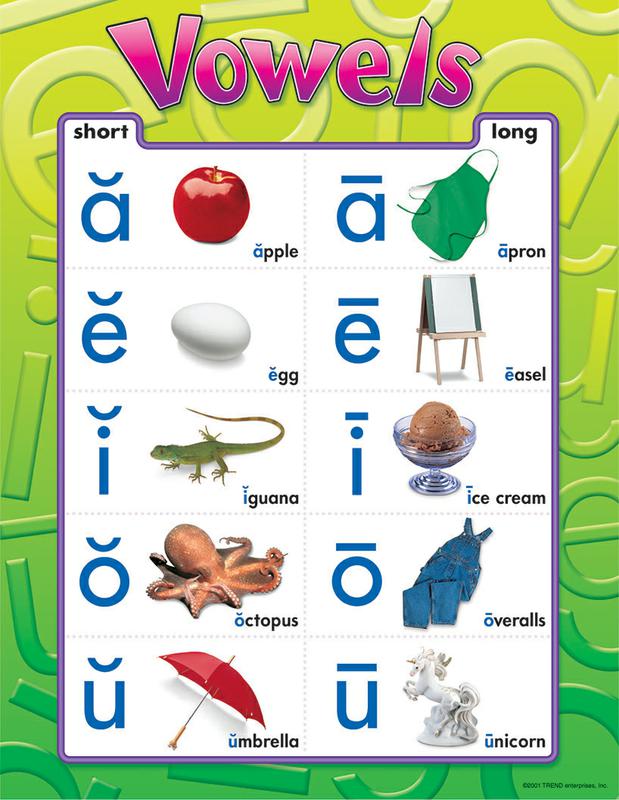
Vowels are used in a variety of languages, but the number of vowels varies by language. A consonant is produced when your mouth is slightly closed. Consonants are words that sound like they come from the center of spoken words. Vowels are words that sound like they come from your mouth, and they are the structure of spoken words. When pronouncing a vowel, it is usually pronounced in the following manner: height, backness, and rounding. The English language has two types of vowels: monophthongs and diphthongs. A vowel is a speech sound that occurs when air flows out of the mouth and does not stop the vocal organs. A syllable is a component of a word that contains the nucleus, which is a single vowel sound. Vowels are produced when there is no obstruction of the vocal cord.

When air flows out of the mouth into the body, it forms vowel sounds without stopping the vocal organs. The second most common type of vowel is the nasal vowel, of which there are 9 in English. The most common type of vowel is the oral vowel, of which there are 12 in English. Nasal vowels are also further divided into two categories: oral vowels, which are produced with the mouth open, and nasal vowels, which are produced with the mouth closed but with the nose open. Oral vowels are further divided into two categories: unrounded vowels, which are produced with the lips relaxed, and rounded vowels, which are produced with the lips protruded. Each type of vowel has a different set of sounds. There are two types of vowels: oral vowels, which are produced with the mouth open, and nasal vowels, which are produced with the mouth closed but with the nose open. The word vowel comes from the Latin word vocalis, meaning “vocal” (i.e. In linguistics, a vowel is a sound that is produced by directing air towards the vocal tract, without friction or obstruction.


 0 kommentar(er)
0 kommentar(er)
